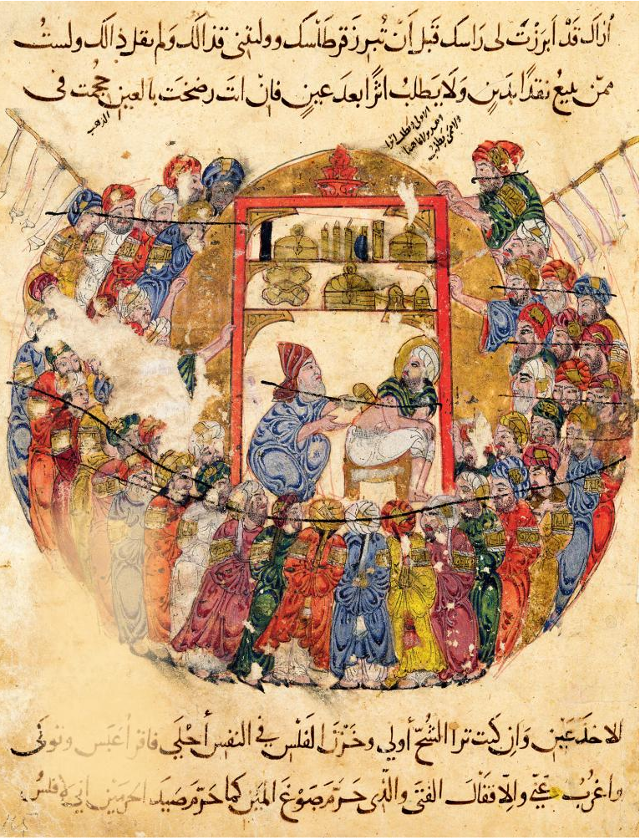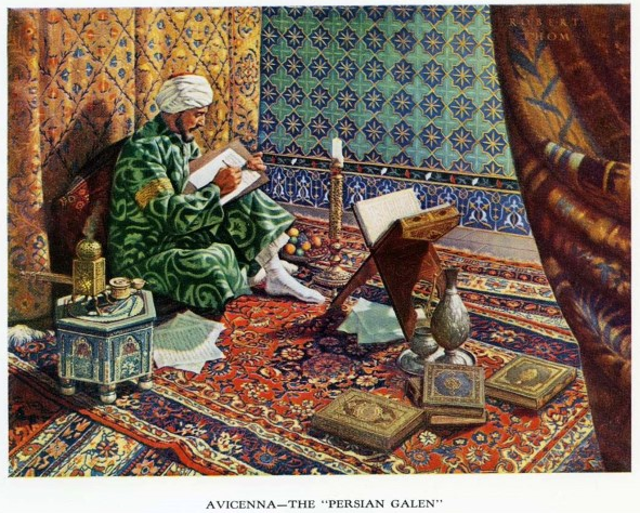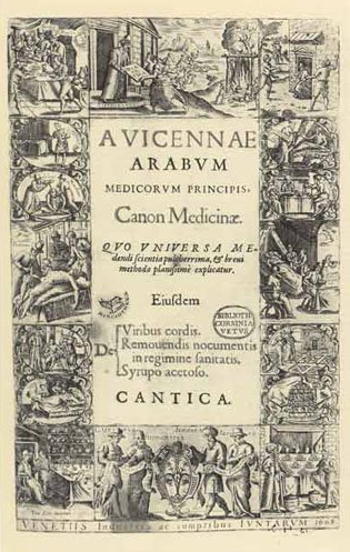
The “Middle Ages,” also known as the “Medieval Period,” is a title given to the time period throughout all of Europe after the fall of the Roman Empire in 476 AD and prior to the start of the Renaissance in the 14th century. Religion grew and ruled during this time period, eventually leading to the Muslim Umayyad conquest of Hispania in the 8th century and the beginning of the Christian Crusades in 1095.
Art, architecture, economics and agriculture continued to grow and develop throughout these changing times. Towns and cities grew and developed, and trade was expanded, especially in the Middle East. As these developments occurred, Cannabidiol (CBD) oil from the Cannabis plant became a part of the life of the people of the time.
Table of Contents
- CBD Uses in the Middle Ages
- CBD History in the Middle Ages
- Topical CBD History in Egypt
- CBD in Islamic Medicine History
- Canon of Medicine Includes CBD Uses
CBD Uses in the Middle Ages
Cannabis Sativa was grown and used regularly in Eastern and Central Europe throughout the Middle Ages. The plant was grown and used for a variety of purposes, from food, to paper, to cloth. The physicians and herbalists of the middle ages also recognized, though they didn’t realize at the time it was due to the CBD within it, that the plant could be used as a medicine.
Cannabis was grown and used to treat many different common illnesses. It was discovered to have positive effects on patients with the common cold and jaundice, providing patients with relief from their symptoms. During this time period, herbalists also began to use the plant to treat tumors. It began to be grown in hospitals for use as a medicine.
CBD History in the Middle Ages
The Middle Ages brought about many improvements in agriculture. People began to grow and breed the cannabis plant in order to make desired effects even stronger. Archaeologists have discovered Cannabis in tombs in the Netherlands dating back to the middle ages. Parts of the Cannabis plant were placed with other plants and herbs that were known to be used as medicine.
Cannabis was used in Europe, but it was especially popular in the Middle East, being valued and used in this region of the world more than anywhere else during this time period. The Cannabis plant grows very well in the climate present in Middle East, but it is not native to the area and it is unclear exactly how it first arrived in the region. Several legends exist; one states the Cannabis plant was brought to Persia by an Indian pilgrim in the 500s before becoming widespread.
Another story suggests the plant was brought by Chinese merchants, while a third tells of an Afghani conqueror discovering it in India and returning with it. No matter how the Cannabis plant arrived, its uses expanded throughout the medieval period in the Middle East.
Topical CBD History in Egypt
The Egyptians were the first people to create a way to apply Cannabis topically. This creation was used as a way to relieve pain from inflammation and labor pains in childbirth. As Islam continued to grow its prohibition against alcohol made Muslims seek out other things for enjoyment and relaxation that would be allowed under their religion. One was their discovery of the Cannabis plant. Through continued use and experimentation, they realized it could be used to treat many medical problems, and therefore Cannabis became an integral part of traditional Arabic medicine.

CBD in Islamic Medicine History
Medieval Islamic medicine in the Middle East was much more advanced than medicine in other parts of the world at the time. Due to the spread of the bubonic plague and the beginning of the dark ages in post Roman Western Europe, many medical advancements and research were either lost or stalled for several centuries. Medicine in the Middle East became available for all social classes, not only the wealthy as was common in other cultures. Because research was shared by all people it continued its rapid successful development.
Islamic physicians extended on medical discoveries made by the ancient Greeks and Romans by obtaining the records they had left behind. These records were translated into Arabic, and then researched and expanded upon. They also translated and expanded upon medical advancements that were made in the Far East.
Doctors were able to combine the knowledge they had obtained with their own experimentation. They wrote down detailed notes on medications, diseases, cures that had been discovered, as well as successful treatments. Muslim doctors believed that Allah had provided them with a way to find natural ways to cure diseases.
These physicians identified that the cannabis plant contained compounds that made it useful as a diuretic, painkiller, and anti-inflammatory. It could also be used to treat stomach ailments, fever, earache, and epilepsy. This was the first time in history that a group of people were able to use the cannabis plant to successfully treat seizures brought on by epilepsy. Islamic medicine also used the seeds from the cannabis plant to ease labor pains during childbirth.
Canon of Medicine Includes CBD Uses

During this time the book “Canon of Medicine,” written by the Muslim physician Avicenna, was produced; it was the most scientifically advanced and accurate medical book of the time period. It was so accurate that it was translated into several languages and was used from medieval times to the 17th century. Within the book are the positive effects that have been observed in treating patients with the Cannabis plant.
Avicenna described how all parts of the Cannabis plant could be used medically in his writings. He included instructions and effects for the seeds, roots, and the leaves. Some treatments involved ingesting a part of the plant, while other treatments were performed topically. For example, the seeds of the plant could be used to treat ear infections, skin rashes, and inflammations.
The uses of the Cannabis plant in medicine continued to spread throughout the Middle Ages. The Islamic physicians in the Middle East were able to use knowledge already gained by other cultures to expand the usefulness of the plant. Their discoveries would carry over into the modern world, where CBD oil would be eventually identified and specifically extracted from the Cannabis plant.
Sources:
http://www.gallowglass.org
http://www.civilizedlife.com
http://www.discovercbd.com
http://www.whatiscbd.com
http://www.medicaldaily.com
http://www.antiquecannabisbook.com
http://www.medicalnewstoday.com
http://www.cannabisculture.com
